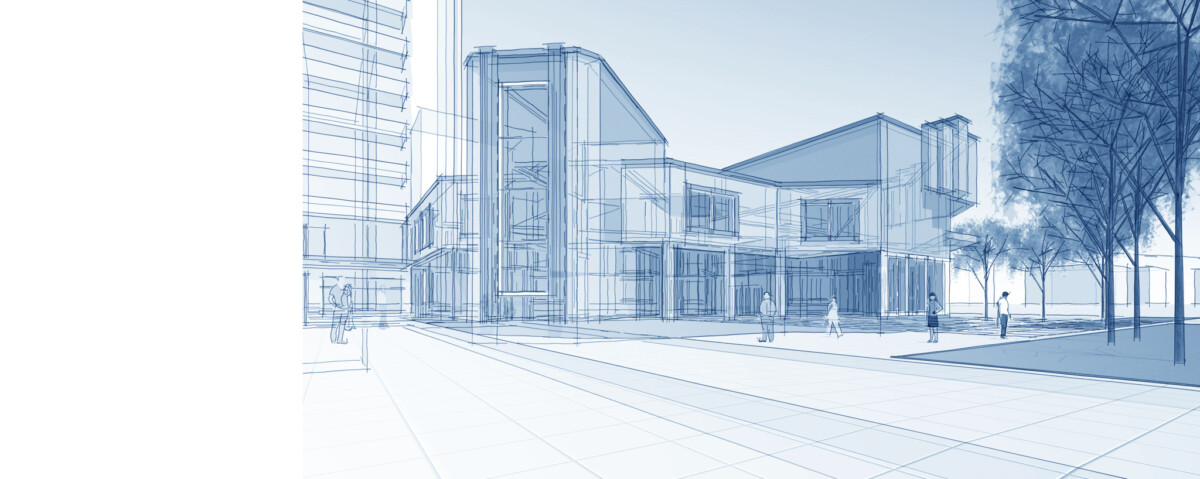Real estate investment is one of the most effective ways to build wealth and achieve financial security. However, creating a profitable real estate investment portfolio requires careful planning, strategic decision-making, and a long-term vision. Whether you are a beginner or an experienced investor looking to expand your portfolio, this guide will provide valuable insights on building and sustaining a successful real estate investment portfolio.
Understanding the Basics of Real Estate Investment
Before diving into the complexities of portfolio building, it’s crucial to understand the fundamental aspects of real estate investment. This includes:
- Types of Real Estate Investments: Residential properties (single-family homes, multi-family units), commercial properties (office spaces, retail stores), industrial properties (warehouses, manufacturing plants), and real estate investment trusts (REITs).
- Investment Strategies: Buy-and-hold, fix-and-flip, rental properties, and real estate crowdfunding.
- Market Analysis: Understanding location, property values, rental yields, and economic indicators influencing real estate trends.
Steps to Building a Profitable Real Estate Investment Portfolio
1. Define Your Investment Goals
The first step in building a real estate portfolio is setting clear objectives. Are you looking for long-term appreciation, passive income, or quick profits through flipping? Your investment strategy should align with your financial goals, risk tolerance, and time horizon.
2. Establish a Budget and Secure Financing
Real estate investments require significant capital, so assessing your financial position is essential. Options for financing include:
- Traditional mortgages: Best for long-term property holdings.
- Hard money loans: Suitable for short-term fix-and-flip projects.
- Private lenders: Offer flexible terms for various investment opportunities.
- Partnerships: Investing with others to pool resources and share risks.
3. Conduct Market Research
Location is one of the most critical factors in real estate success—research markets with high rental demand, job growth, population increase, and infrastructure development. Analyze property appreciation, rental yield, and vacancy rates to make informed investment decisions.
4. Start with One Property and Scale Gradually
New investors should begin with a single property to gain experience. Choose a property with strong rental demand and potential for appreciation. Once you have established a steady cash flow and gained confidence, gradually expand your portfolio by acquiring additional properties.
5. Diversify Your Portfolio
Diversification helps mitigate risks and ensures stable returns. Consider investing in different properties (residential, commercial, industrial) and exploring various markets. A well-balanced portfolio minimizes exposure to market fluctuations and economic downturns.
6. Optimize Property Management
Efficient property management is crucial for maintaining profitability. You can manage properties yourself or hire professional property managers. Key responsibilities include:
- Screening tenants to reduce vacancy risks.
- Conducting regular maintenance and repairs.
- Setting competitive rental prices to maximize income.
- Ensuring compliance with local laws and regulations.
7. Utilize Tax Benefits and Legal Structures
Real estate investors can take advantage of various tax benefits to enhance profitability. Some strategies include:
- Depreciation deductions: Reduce taxable income by deducting property depreciation.
- 1031 Exchange: Defer capital gains taxes by reinvesting profits into another property.
- LLCs and Trusts: Protect assets and minimize liability by structuring investments under legal entities.
8. Leverage Technology and Market Trends
Stay updated on real estate trends, technological advancements, and investment tools. Online platforms like Zillow, Redfin, and CoStar provide valuable market insights. Additionally, consider using property management software to streamline operations and improve efficiency.
9. Assess and Adjust Your Portfolio Regularly
The dynamic real estate market requires continuous assessment of your portfolio’s performance. Periodically review:
- Cash flow and rental income.
- Property appreciation and market value.
- Expense management and operational efficiency.
- Emerging investment opportunities.
10. Plan for the Long Term
Building a profitable real estate portfolio requires patience and strategic planning. Focus on long-term wealth creation rather than short-term gains. Continuously educate yourself on market trends, investment strategies, and financial planning to ensure sustained success.
Conclusion
Investing in real estate can be lucrative and rewarding if approached strategically. You can build a profitable real estate investment portfolio that generates consistent income and long-term wealth by setting clear goals, conducting thorough research, diversifying investments, optimizing property management, and leveraging financial tools. Stay adaptable, informed, and committed to growth to maximize your investment potential in the ever-evolving real estate market.
Thank you for reading! If you enjoyed this article and want to explore more content on similar topics, check out our other blogs at Sonic Loans, Sonic Realty, and Sonic Title. We have a wealth of information designed to help you navigate the world of real estate and finance. Happy reading!
Are you looking for the right loan? Check out Sonic Loans for tailored mortgage solutions that make home financing simple and efficient.
Digital Property Management Solutions: The Future of Real Estate Efficiency
Virtual Reality in Property Marketing: The Future of Real Estate
PropTech Trends Shaping Real Estate
AI in Real Estate: Current Applications
Blockchain in Real Estate: Future Applications
Smart Home Features Worth Installing
Allen Park vs. Garden City: Where to Invest in 2025
Renting vs. Buying in Dearborn: Which Is Better?
What to Expect at the Closing Table in Home Closings

















